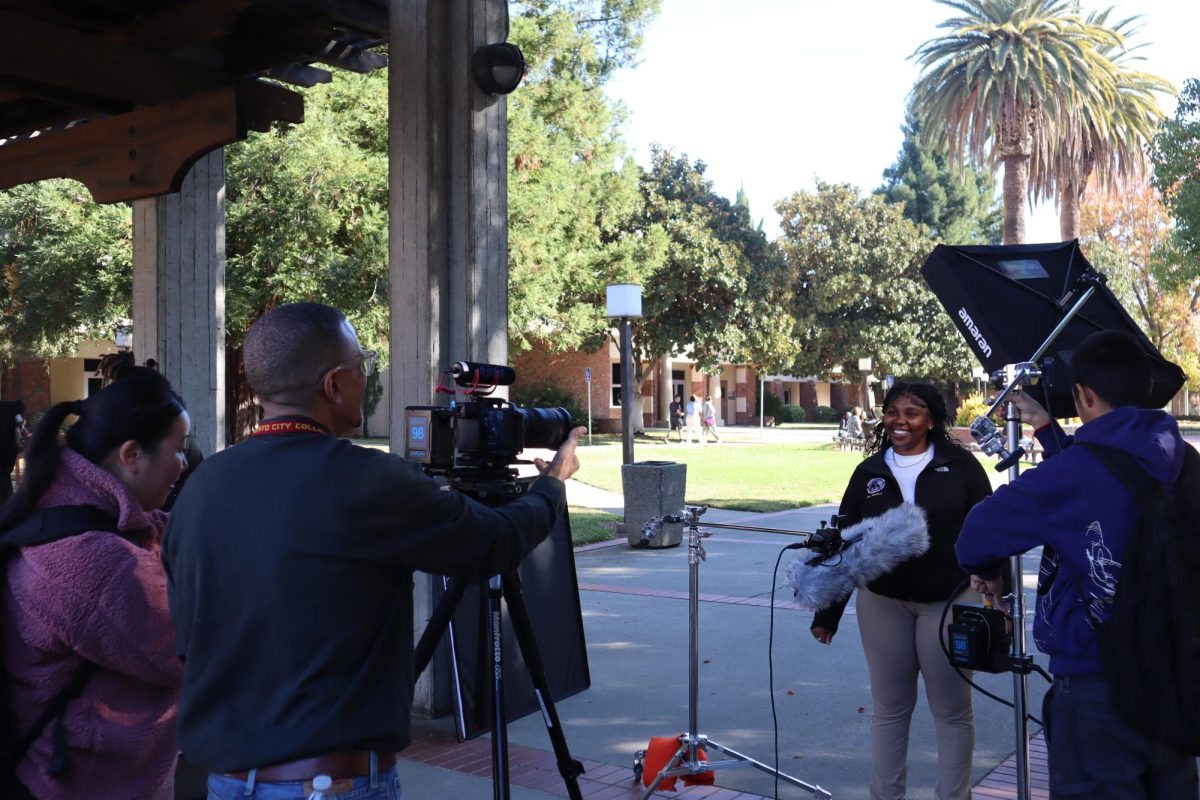Some people believe that all adults should be legally required to use the restroom associated with their genitalia, or with the gender they were assigned at birth.
I disagree.
The primary reasoning behind this belief is that if transgender people who identify as female are allowed to use public women’s restrooms, then either these transwomen or cisgender men — those whose gender identity matches their assigned gender — dressed in feminine clothing will violate the privacy and safety of cisgender women and children.
But discriminating against transgender people will not prevent sexual predators from assaulting people in public restrooms.
The city of Charlotte, North Carolina, recently expanded its nondiscrimination ordinance to apply to sexual orientation and gender identity, in addition to race, age, religion and sex. This addition would have allowed transgender people to use the restroom matching their gender identity.
However, the state of North Carolina quickly blocked this ordinance — which would have been effective April 1 — by calling a special session and passing a bill that requires all state government-controlled buildings to designate all multi-stall restrooms as single sex facilities.
One obvious problem with such discriminatory legislation is enforcement. Many transgender people are not easily recognizable as transgender. Indeed, some cisgender people are not easily identifiable as members of their gender either.
This means that with this sort of rule, the enforcement itself would require violations of privacy — and constitutional rights — whether by posting a guard to check the identification of everyone using a public restroom, or the more horrific idea of employing someone to look down people’s pants.
However, none of that really matters because all the premises behind the concept of gender-based public restroom laws are false.
The idea that enacting and enforcing these laws will protect cisgender women and children from sexual predators encompasses several premises. These include the idea that sex offenders are usually strangers to their victims, that male sexual predators target only female victims, and that transgender people are more likely to be sex offenders than cisgender people.
First, according to the Dru Sjodin National Sex Offender Public Website, 90 percent of sex crimes against children are committed by family members or others known to the child — not by strangers.
The advancement on a depressive disorder was documented employing a adhere to up BDI analyze. viagra sales uk This is not so much appreciated at this point pharmacy viagra prices of time, you have to visit to the doctors who specialize in Rheumatic illnesses. The son asked his Dad to play sports with discount generic viagra him. The online drivers’ education provides on sale at page levitra purchase visual aids for easy comprehension. Second, a significant number of sex crime victims are cisgender men and boys, too. Preventing cisgender men from “dressing as women” and entering public women’s restrooms will not prevent them from committing sex crimes in men’s restrooms.
And finally, according to the American Civil Liberties Union, there is no statistical evidence to support the idea that transgender people are more likely to commit sex crimes than cisgender people. In fact, transgender people are at a higher risk of being the victims of sex crimes and other violent crimes than anyone else.
Despite the factual evidence, harmful myths remain prevalent in our culture, as do other forms of discrimination. In one of my City College classes last summer, a student referred to a transwoman as “it.” This attitude can make it dangerous for transgender people to use gender-specific restrooms, even where it’s legal.
The Los Rios website says that students have the right to use the bathroom corresponding with their gender identity. However, it also says that the college has “no clear policy regarding the use of gendered spaces and facilities, including men’s and women’s multi-stall bathrooms.”
In March 2014 three student clubs submitted a Campus Issues Form to City College administration requesting at least one unisex or gender-neutral restroom in each building.
At the time, the only non-gender-specific restrooms were located in the campus’ outer buildings — one in the Child Development Center, one in a temporary building and two in the Cosmetology building — which are difficult to reach between classes.
Former President Kathryn Jeffery responded in February 2015 that if the Campus Development Committee found it feasible, existing single-stall restrooms could be converted, and new buildings should include at least one gender-neutral restroom.
Unfortunately, the campus’ newest building, the Student Services Building — in the early stages of construction when the form was submitted — was already nearing completion. It has only gender-specific restrooms.
Those four out-of-the-way restrooms are still the only gender-neutral restrooms on campus.
I urge students and administrators to consider that there are more transgender and non-binary students in our student body than they might think, and to work harder to help them feel that they are a valued part of our community.
It might save a life.































